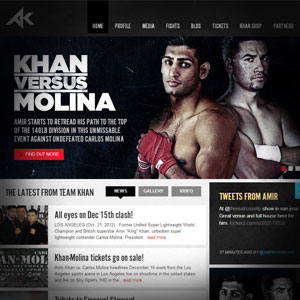It's back to the design school drawing board! We decided that it would be beneficial to revisit the key logo design considerations if you are planning to have a new logo developed, both as a refresher for us and as a guideline for you if you're after a distinctive and individual result.
The logo design process is regularly a very emotive journey where the outcome has to satisfy the needs of both you - the client - and your customer audience, even though you may have differing subjective viewpoints.
Fundamental to this is a good understanding between you and your designer, because ultimately it could take a lot of work and revisions to get the across the finish line. Without a good rapport the result will most likely end in compromise.
What's the point? Logo design considerations
Effective logos allow clients to connect with and recall the values of a business and brand. To be successful a logo should be recognisable, and therefore needs to factor colour, style, typographic and size considerations into a unique device. Establish a concept and find an individual and original way to visually communicate it.
Avoid overused imagery
It's VERY difficult to communicate your individuality with a jigsaw puzzle piece (i.e. 'we are the missing piece' concept) when it's one of the most overused graphic images EVER. There are many established themes in logo land and you would be wise to avoid having something that you like re-worked because you think it's a good fit. Instead consider the basis of your business, its unique qualities, its personality and individuality, what it means to your customers … and question how this might be communicated with graphics and words.
Don't just decide on price
You know we would say this. Corner cutting is a necessity in the first months of any new business, but we (as almost certainly every other design agencies has) have seen clients who unfortunately have realised that their off-the-shelf, cheap-o design doesn't meet the needs of the business 18 months in. A lot of clients already know this, and are acceptant of the fact that someday soon they'll get the logo redesigned. What they don't always comprehend are the implications of not just reproducing new materials, but the problems of having to effectively communicate the update to their customers with the new identity, especially if there is a new name too.
Consider scalability and reversal
With a mind-blowing plethora of media to apply your logo to, it's important that a design is legible in the smallest available space (think web page favicon) and that it will look schmicko on that Flinders St digital advertising space that you've been promising yourself once you've make your first million. So don't just look at your prospective logo design in isolation. Question where it's most likely to be seen and how it might look in those environments. The perfect result will provide you with a seamless translation of your brand across a wide variety of different platforms
Simplicity is the key
A famous designer once wrote that 'Design is so simple. That's why it is so complicated.' In light of each nugget of advice that we've outlined above, the overwhelming opinion is that simplicity really is key when it comes to recalling your logo design.
There are of course an infinite list of considerations when navigating the logo design process and these are just some of them, albeit the most important ones. To discuss your logo design Brisbane needs, call us now on 07 3300 6308 and we'll take the journey together.



 We are delighted to be basking in the afterglow of Absolute UK’s success this week, having received a ‘Commendation’ at the prestigious Mi Awards in the “Best Sport or Leisure Marketing Strategy” category, for their work on boxer Amir Khan’s official website.
We are delighted to be basking in the afterglow of Absolute UK’s success this week, having received a ‘Commendation’ at the prestigious Mi Awards in the “Best Sport or Leisure Marketing Strategy” category, for their work on boxer Amir Khan’s official website.